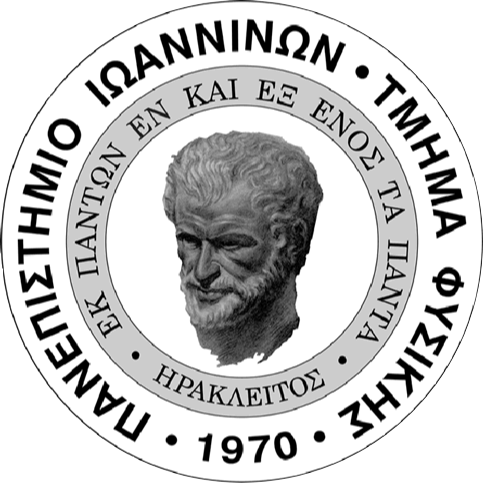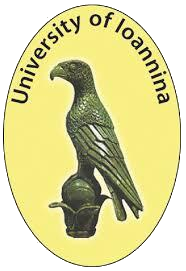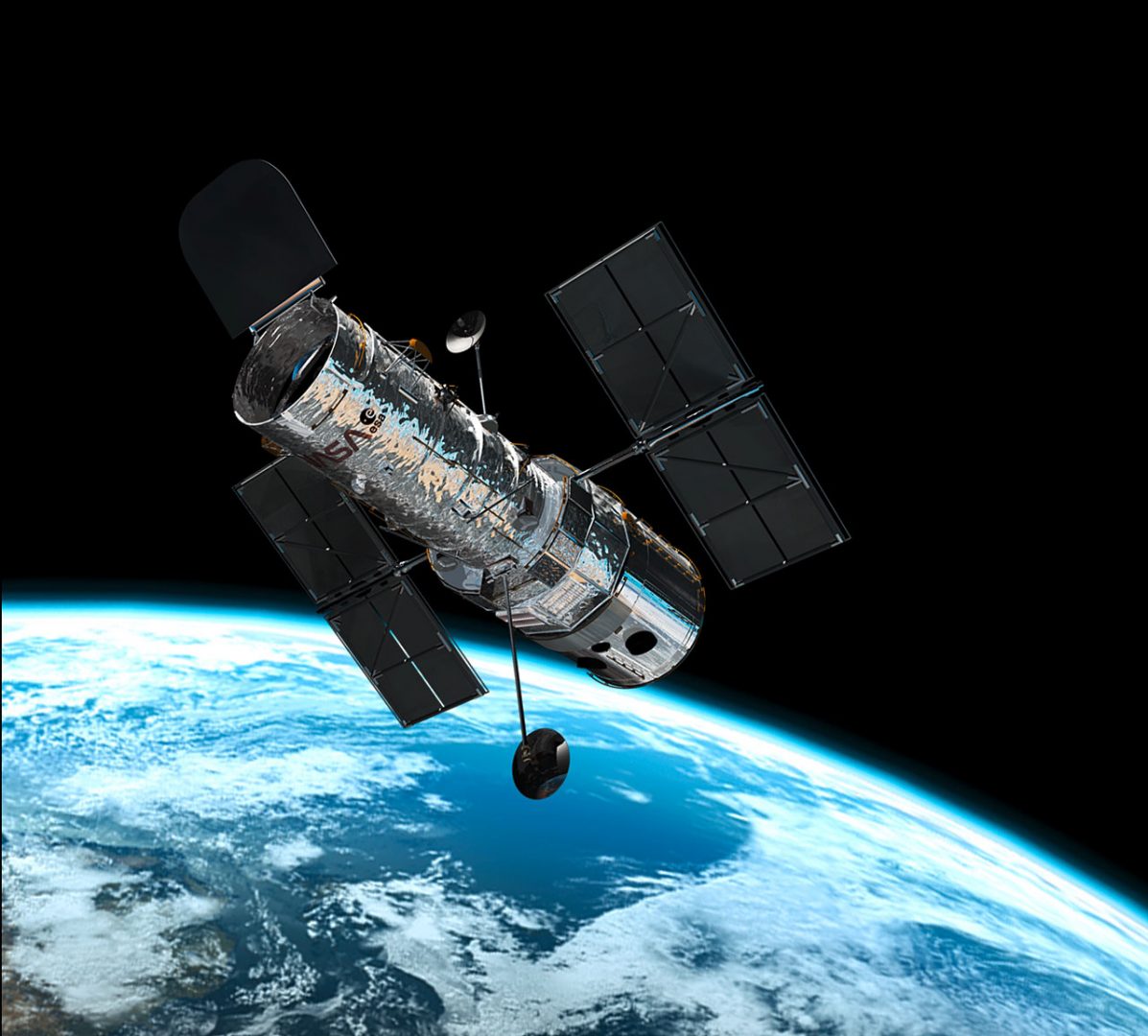
Observational Constraints on Dark Energy
The accelerating expansion of the universe confirmed to a precision level during the past two decades is consistent with the existence of a cosmological constant whose value is fine tuned to be close to the one indicated by the scale of the present day Hubble parameter. The expansion rate predicted in the context of this cosmological constant is of the form $H^2 (z) = H_{0}^{2}[\Omega_{0m}(1+z)^{3} + \Omega_{DE}(z)]$ and is the cornerstone of the standard $\Lambda$CDM cosmological model. One of the main goals of our research is the use of a wide range of cosmological data to test the validity of the $\Lambda$CDM model searching for specific types of deviations of this expansion rate as a function of redshift. This search started in 2004 with the well cited paper entitled “A comparison of cosmological models using recent supernova data” (one of the pioneering works in this subject with more than 200 citations) and has continued with a series of well cited papers including (but not limited to) the following:
- Comparison of the legacy and gold snIa dataset constraints on dark energy models (300+ citations)
- Exploring Cosmological Expansion Parametrizations with the Gold SnIa Dataset (150+ citations)
- Testing ΛCDM with the Growth Function $\delta (a)$: Current Constraints (150+ citations)
- Comparison of Standard Ruler and Standard Candle constraints on Dark Energy Models (50+ citations)
- Testing GRBs as Standard Candles (50+ citations)
- LCDM: Triumphs, Puzzles and Remedies
- Bright High z SnIa: A Challenge for Lambda CDM?
More recent relevant publications on this subject include:
- Challenges for ΛCDM: An update (100+ citations)
- Tension of the $E_{G}$ statistic and redshift space distortion data with the Planck – $\Lambda$ CDM model and implications for weakening gravity
- Constraining power of cosmological observables: blind redshift spots and optimal ranges
- Evolution of the $f\sigma_8$ tension with the Planck15/$\Lambda$CDM determination and implications for modified gravity theories (100+ citations)
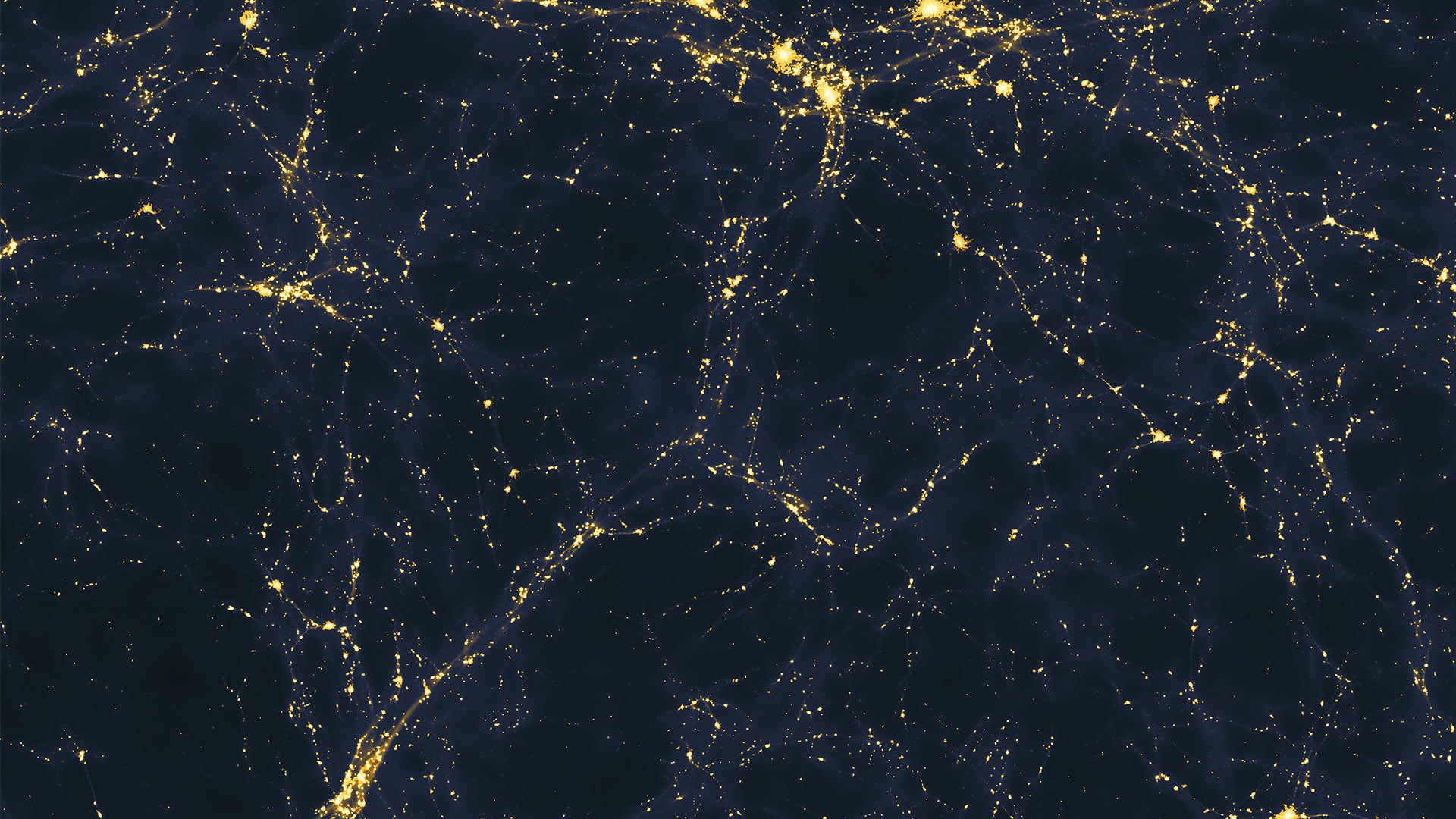
Theoretical Models of Dark Energy – Modified Gravity and their Cosmological Predictions
Even though the expansion rate predicted by a cosmological constant appears to be consistent with the majority of cosmological observations, the predicted parameter values of $\Lambda$CDM are not always consistent among different observational probes. These are the well known tensions of $\Lambda$CDM which include the $H_{0}$ tension and the growth tension. This fact, along with the fine-tuning required for fixing the value of the cosmological constant, has lead to a wide range of alternative models and expansion rate parametrizations aiming at providing improved quality of fit to the cosmological data and resolution of the $\Lambda$CDM tensions. One of the main goals of our research is the investigation of the predictions of such theoretical models, the identification of the quality of fit of these predictions to the cosmological data, and the comparison of this quality of fit with the corresponding quality of fit of $\Lambda$CDM. In this context, we have completed a wide range of research projects that include the following representative papers:
- Crossing the Phantom Divide: Theoretical Implications and Observational Status (300+ citations)
- Constraints on linear negative potentials in quintessence and phantom models from recent supernova data (200+ citations)
- The Fate of bound systems in phantom and quintessence cosmologies (200+ citations)
- Crossing the phantom divide barrier with scalar tensor theories (190+ citations)
- Accelerating universe: observational status and theoretical implications (100+ citations)
- Viable $f(T)$ models are practically indistinguishable from $\Lambda$CDM (100+ citations)
- Can $f(R)$ Modified Gravity Theories Mimic a LCDM Cosmology? (50+ citations)
Reconstruction of the Scalar-Tensor Lagrangian from a LCDM Background and Noether Symmetry (50+ citations)
- Observational constraints on viable $f(R)$ parametrizations with geometrical and dynamical probes (50+ citations)
- The Limits of Extended Quintessence (50+ citations)
- Cosmological effects of radion oscillations (40+ citations)
- New Parametrization for the Scale Dependent Growth Function in General Relativity
- Evolution of Dark Energy Perturbations in Scalar-Tensor Cosmologies
More recent relevant publications on this subject include:
- $H_0$ tension, phantom dark energy, and cosmological parameter degeneracies (50+ citations)
- Tension of the $E_{G}$ statistic and redshift space distortion data with the Planck – $\Lambda$ CDM model and implications for weakening gravity
- Consistency of modified gravity with a decreasing $G_{\rm eff}(z)$ in a $\Lambda$CDM background
- Comparison of thawing and freezing dark energy parametrizations (40+ citations)
- Scalar-Tensor Quintessence with a linear potential: Avoiding the Big Crunch cosmic doomsday

Search for Violations of the Cosmological Principle in the Cosmological Data and related Predictions of Theoretical Models
The cosmological princliple (the assumption of isotropy and homogeneity of the Universe on Hubble scales) is the cornerstone of the standard cosmological model. There are however, recent indications from various large scale cosmological data that this principle may be violated. One of the goals of our research work is to investigate observational data for possible hints of violation of the cosmological principle, the identification of the statistical level of significance of such hints and the construction of theoretical models that may lead to such violation of the cosmological principle. In this context we have completed a wide range of research projects that include the following representative papers:
- Searching for a Cosmological Preferred Axis: Union2 Data Analysis and Comparison with Other Probes (100+ citations)
- Is there correlation between Fine Structure and Dark Energy Cosmic Dipoles? (50+ citations)
- Large Scale Cosmological Anomalies and Inhomogeneous Dark Energy
- Generalized LTB model with Inhomogeneous Isotropic Dark Energy: Observational Constraints
- Topological Quintessence
- Hints of a Local Matter Underdensity or Modified Gravity in the Low z Pantheon data
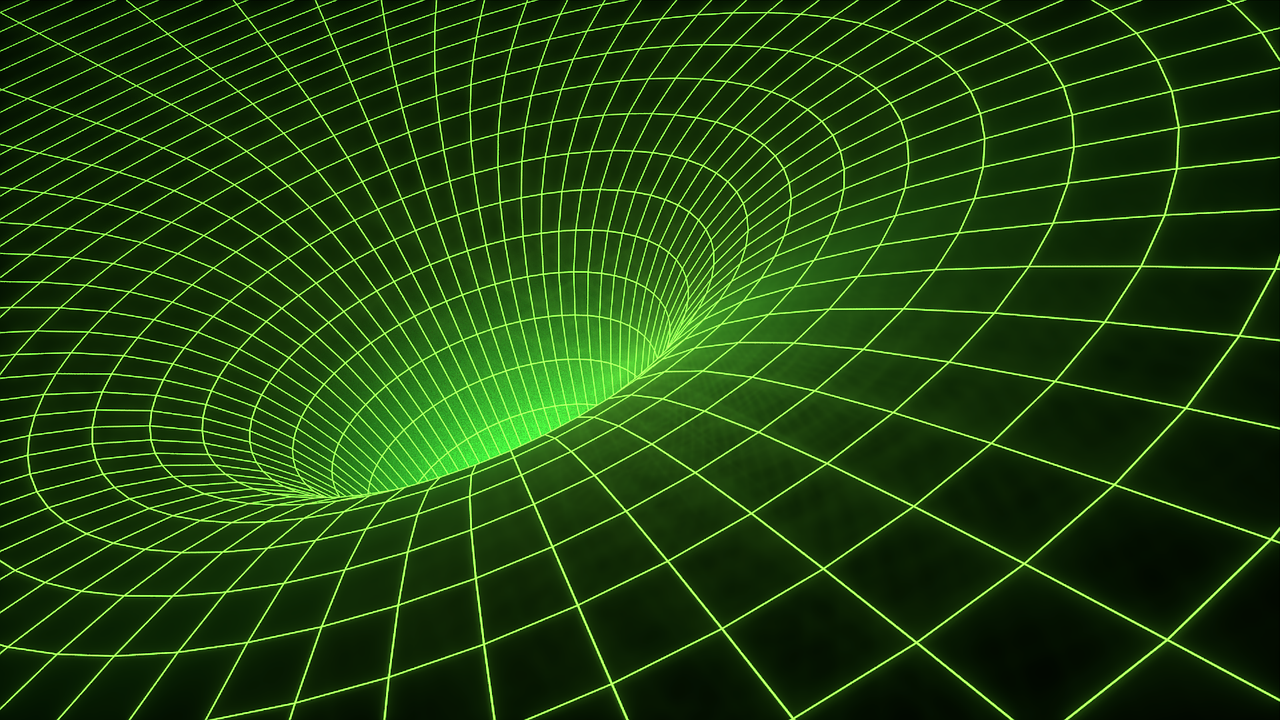
Short-range Gravity Experiments and Modified Gravity Theories
Modifications of General Relativity in the form of Modified Gravity Theories may lead to detectable signals in short range gravity experiments on sub-mm scales. An interesting aspect of our research activities involves the identification of the form of these predicted signals for specific modified gravity theories and the search for these signals in the data of short range gravity experiments. In this context we have completed a wide range of research projects that include the following representative papers:
- PPN Parameter gamma and Solar System Constraints of Massive Brans-Dicke Theories (70+ citations)
- Equation of state of oscillating Brans-Dicke scalar and extra dimensions (50+ citations)
- Submillimeter spatial oscillations of Newton’s constant: Theoretical models and laboratory tests
- Hints of modified gravity in cosmos and in the lab?
- Constraints on spatially oscillating sub-mm forces from the Stanford Optically Levitated Microsphere Experiment data

Gravitational Physics and Field Theory of Cosmic Strings and other Topological Defects
The evolution of scalar fields in a cosmological or a laboratory setup may lead to a wide range of interesting observable effects including the formation and evolution of topological defects. These are topologically trapped energy concentrations which may have spharical symmetry (monopoles), cylindrical symmetry (strings), planar (surface) form (domain walls) or collapsing evolution (textures). The investigation of the field theoretical properties, the gravitational effects and the observational signatures of these objects in both a cosmological and a laboratory setup is also one of the main aspects of our research. In this context we have completed a wide range of research projects that include the following representative papers:
- Detailed stability analysis of electroweak strings (100+ citations)
- COBE versus cosmic strings: An Analytical model (90+ citations)
- Dynamics of nontopological solitons: Q balls (80+ citations)
- A Cosmic string specific signature on the cosmic microwave background (50+ citations)
- Cosmic Strings, Hot Dark Matter and the Large Scale Structure of the Universe (50+ citations)
- Dynamical simulations of semilocal strings (40+ citations)
- Scattering of fermions from a cosmic string (40+ citations)
- Statistics of microwave fluctuations induced by topological defects (40+ citations)
- Instabilities and interactions of global topological defects
- Asymptotics of Nielsen-Olesen vortices
- The Rise and fall of the cosmic string theory for cosmological perturbations
- Nontopological global field dynamics
- Existence of double vortex solutions
- Topological defects with nonsymmetric core
- Nonabelian Aharonov-Bohm baryon decay catalysis
- Rotating toroidal branes in supermembrane and matrix theory
- Formation of vortices in first order phase transitions
- Phase transitions in the core of global embedded defects
- Metastable ringlike semitopological solitons
- Peculiar velocities and microwave background anisotropies from cosmic strings
- Core phase structure of cosmic strings and monopoles
- Stable, spinning embedded vortices
- Cosmic string theory: The Current status
- Superconducting string texture
- Quadrupole instabilities of relativistic rotating membranes
- Stabilizing the Semilocal String with a Dilatonic Coupling
- Stabilizing textures in (3+1)-dimensions with semilocality
- Spectra and statistics of cosmic string perturbations on the microwave background: A Monte Carlo approach
- Kink-Antikink Formation from an Oscillation Mode by Sudden Distortion of the Evolution Potential
- Evading Derrick’s theorem in curved space: Static metastable spherical domain wall
- Gravitational Interactions of Finite Thickness Global Topological Defects with Black Holes


